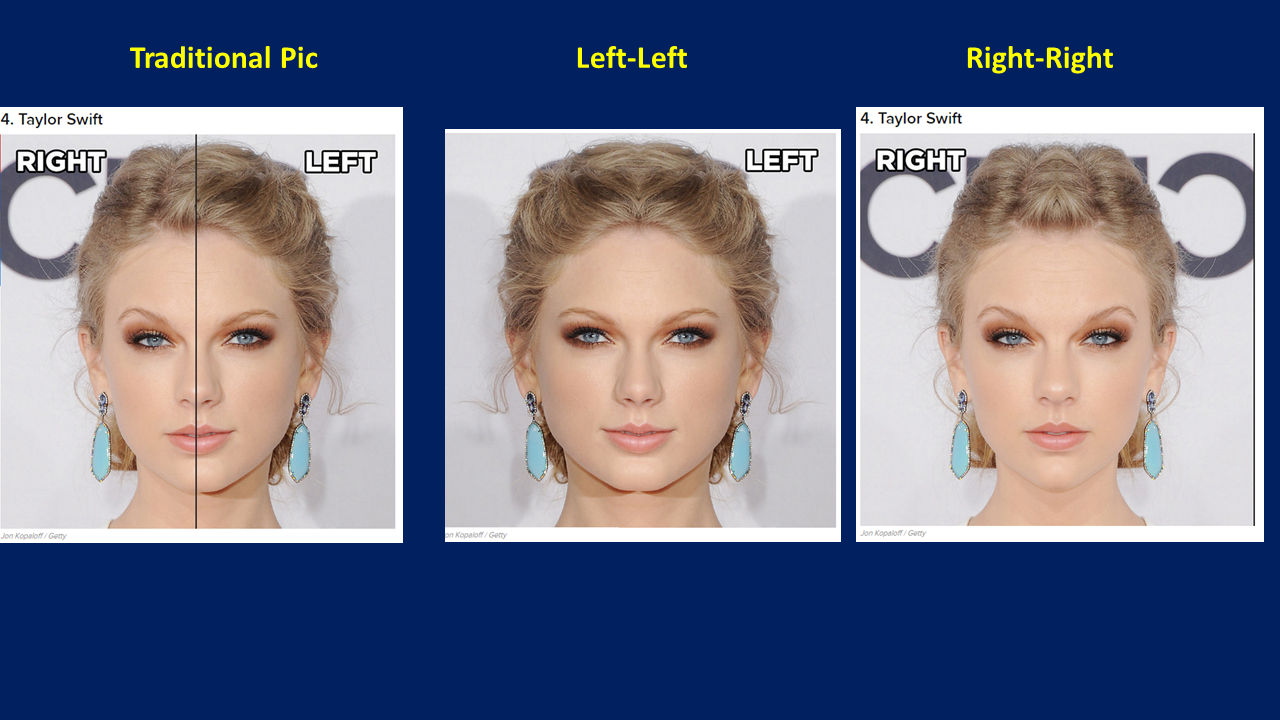How can you use this as an AP psych teacher? Well, give one of these exams as a practice exam in your classroom, then use our specifications to evaluate how each student does on each section. You can then use these results to have them focus their review on the areas they need the most help on! (Talk about - dare I say it? - actual data-driven instruction?)
Several of these were almost impossible to fit into just one content area, so Nancy and I are using our best guesses. We've been back and forth on some of the questions a few times ourselves, so I'd be surprised if our guesses were exactly the same as everyone else's - but they're sure to be close. Hope this helps you and your students!
-- posted by Steve








